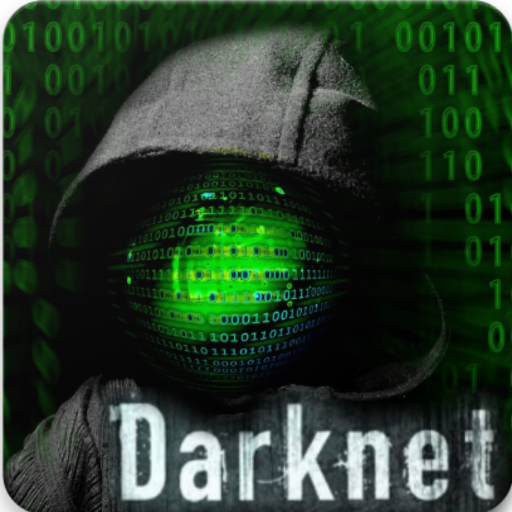Data breaches have become an unfortunate reality in today’s interconnected digital landscape, underscoring the critical need for robust backup, redundancy, and recovery planning. As cyber threats evolve in sophistication and frequency, organizations must prepare for the possibility of a breach, as no system is entirely immune. The consequences of a breach can be catastrophic, leading to data loss, financial damage, reputational harm, and legal liabilities. However, with the right strategies in place, businesses can mitigate the impact of such incidents and recover quickly, minimizing downtime and operational disruption. A well-established backup strategy is the first line of defense against data loss in the event of a breach. Regular, secure backups ensure that organizations can restore their systems and data to a previous, uninfected state. The frequency and scope of backups should be tailored to the business’s needs, with critical data backed up more often. Moreover, these backups must be stored securely, preferably in multiple locations, including off-site or in the cloud, to protect against physical damage, theft, or corruption.

Redundancy is another essential layer in ensuring business continuity during and after a breach. Redundant systems, such as additional servers, power supplies, and network pathways, can ensure that critical services remain operational even when one component fails or is compromised. For example, businesses can implement geographic redundancy, where data is mirrored across multiple data centers in different locations. This ensures that if one site is attacked or experiences a failure, the business can continue to function using backup systems from another site. Redundancy not only protects against data loss but also allows organizations to maintain customer service and operations, which is vital for minimizing financial and reputational damage. Recovery planning is the final piece of the puzzle in ensuring resilience against data breaches. A comprehensive disaster recovery plan DRP outlines the steps to take immediately following a breach, from isolating the infected systems to assessing the extent of the damage. A recovery plan should include a detailed process for restoring systems from backups, repairing or replacing compromised infrastructure, and returning to normal operations as quickly as possible.
The plan should also include communication strategies to inform stakeholders, including customers, employees, and regulatory authorities, about the breach and the steps being taken to resolve it. Regular testing and updating of the recovery plan are essential to ensure its effectiveness, as cyber threats are constantly evolving. Moreover, a strong focus on training employees and fostering a culture of cybersecurity awareness is crucial and How to protect your Data. Often, breaches occur due to human error or negligence, such as falling victim to phishing attacks. By educating employees on best practices for data security, businesses can reduce the likelihood of breaches and improve their response capabilities when incidents do occur. Data breaches highlight the importance of having a well-rounded strategy that includes backups, redundancy, and recovery planning. These components not only help organizations minimize the immediate impact of a breach but also ensure that they can recover quickly, maintain operations, and protect their reputation. In today’s digital age, the ability to quickly bounce back from a cyber attack is no longer optional but a necessary investment in safeguarding a business’s future.



